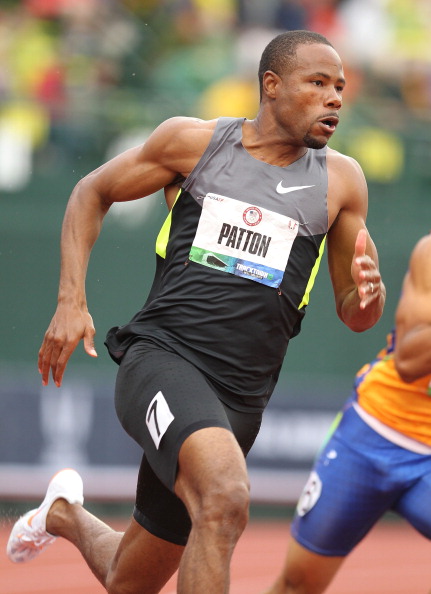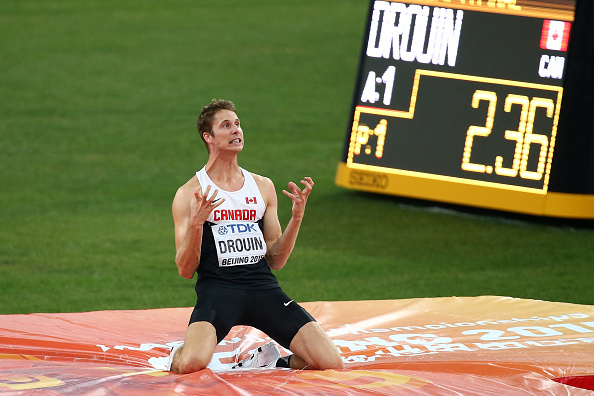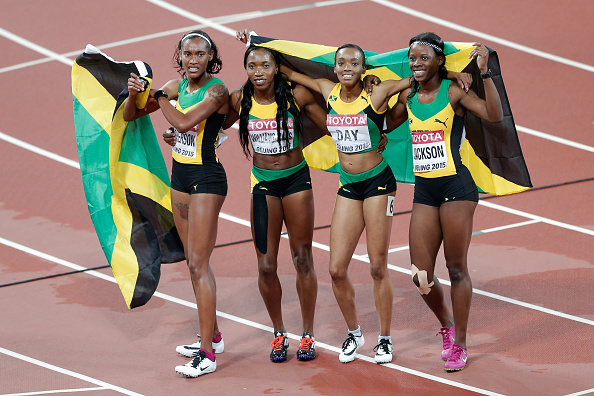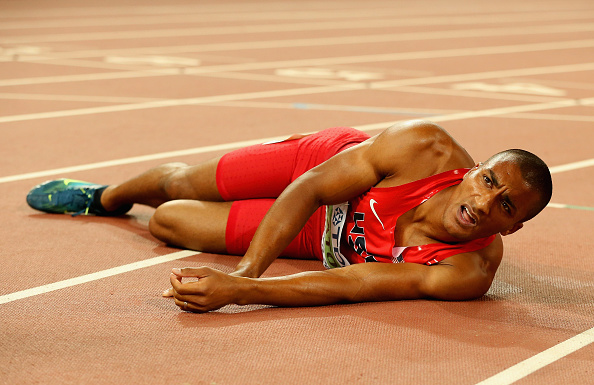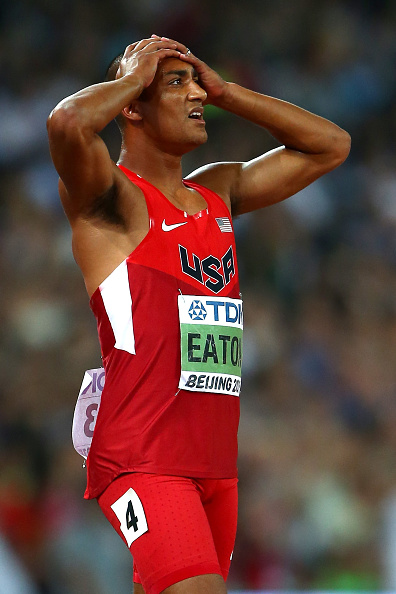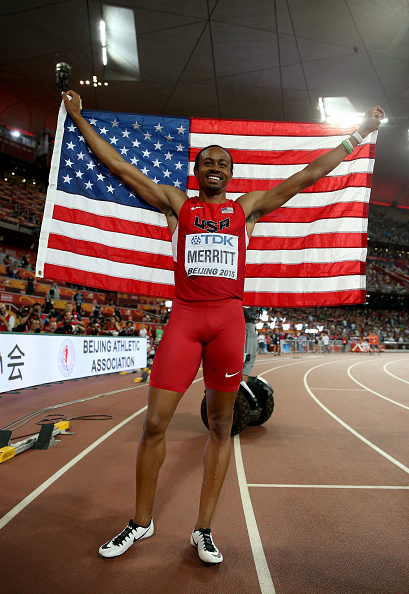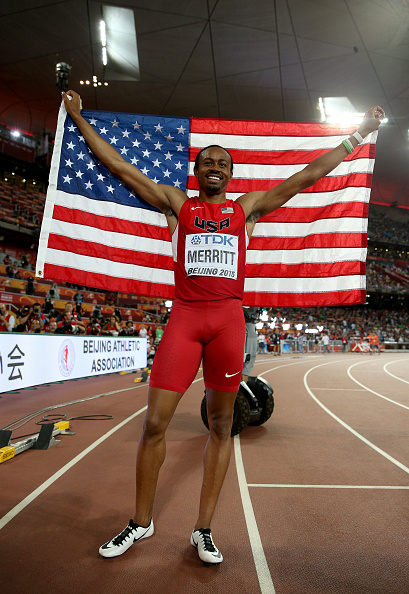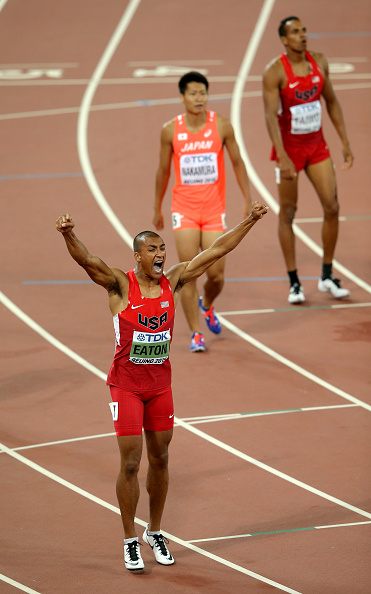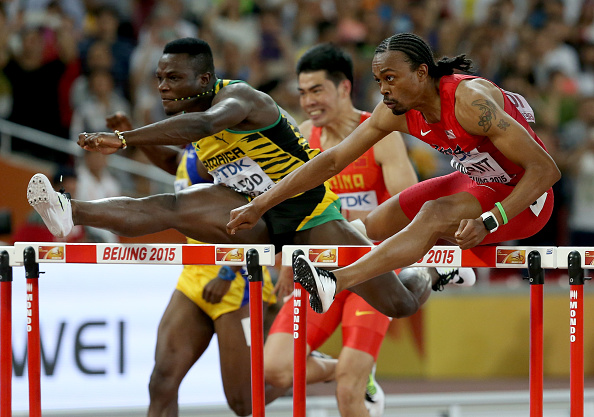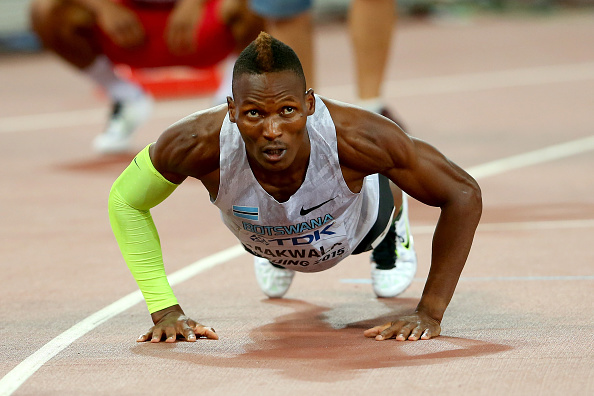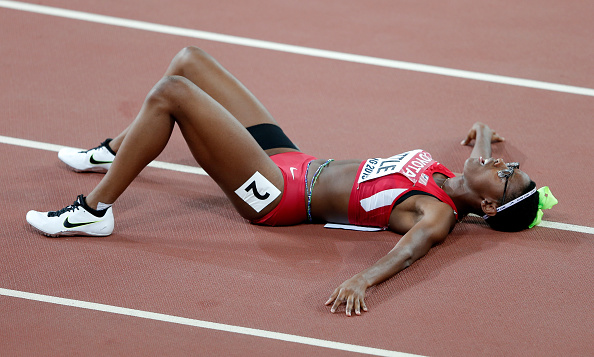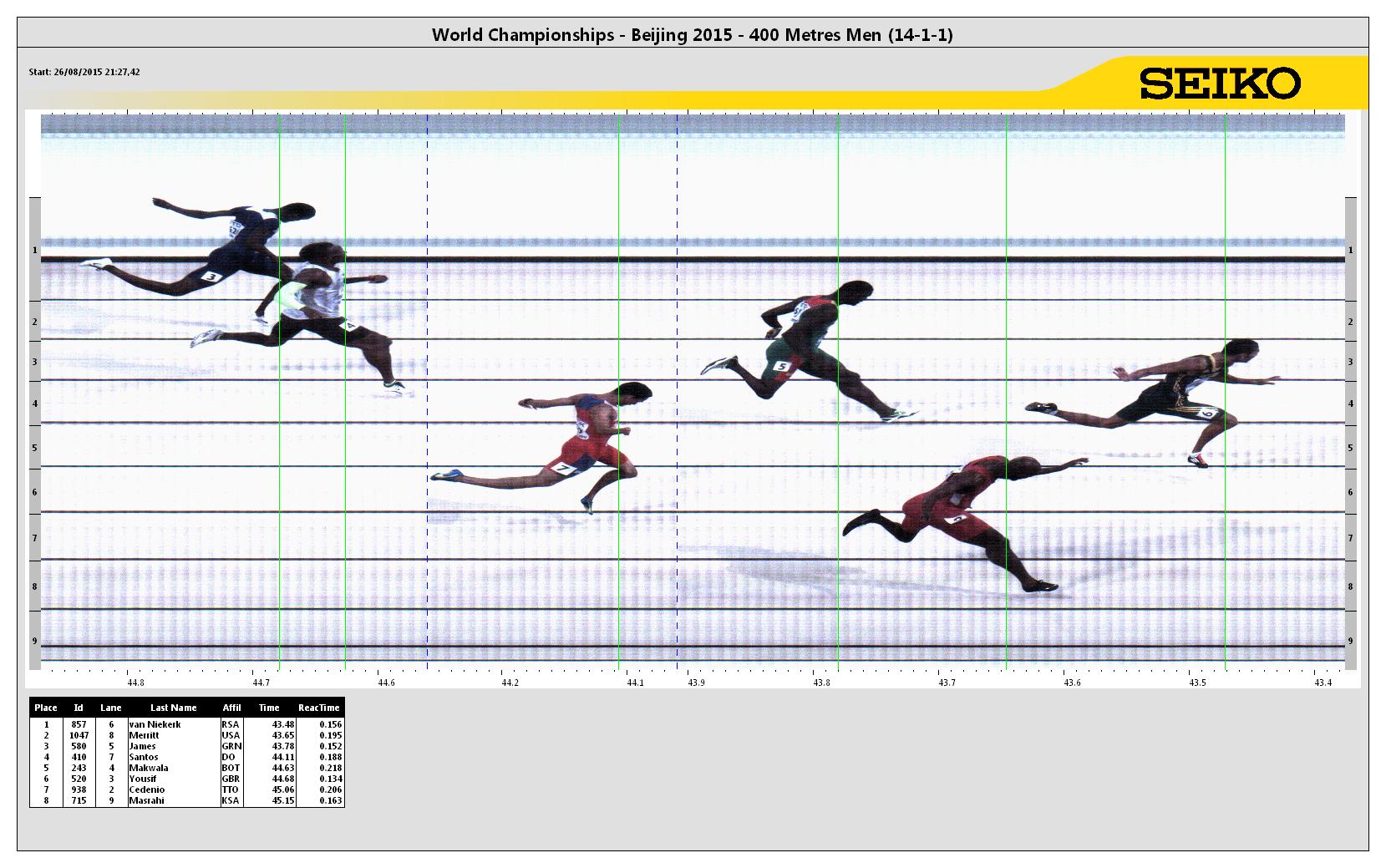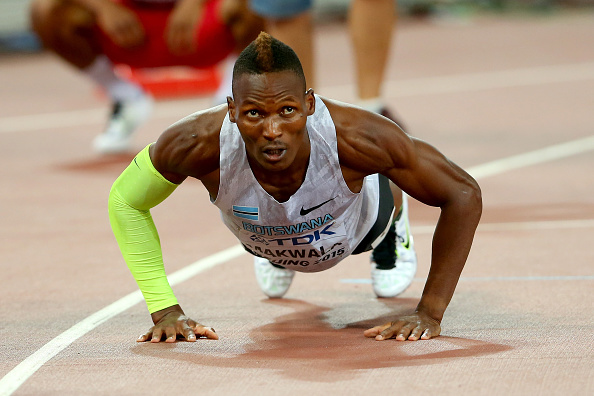Track and field’s governing body, the IAAF, did what it had to do Friday in provisionally suspending Russia after shocking revelations of systemic, perhaps state-sponsored, doping.
The IAAF action followed by a few hours a step taken by a World Anti-Doping Agency panel. It, too, did what it had to do. Among other things, it found Russia non-compliant with the World Anti-Doping Code.
What it all amounts to is this, the real story: a historic opportunity is now upon us, all of us, that may not come again quite some time, to get Russia — if you will — to behave, and stay behaving.
And not just in track and field. Across all sports.
To reiterate an important point: Russia is not inherently any better or worse than anywhere else. But when evidence emerges of a doping scheme that may well have been state-sanctioned, evoking memories of the notorious East German system in the 1970s, that’s a call to significant action. That was the take-away, loud and clear, in a report made public Monday by a WADA-appointed independent commission.
The twin messages that emerged amid Friday’s action were also manifest:
— One, there is recognition, admission, acknowledgement — use whatever term you want — from the Russians. None of this happens — hello, Mr. President Putin — without the Russians recognizing that, for real, they are up against it.
On Wednesday, Putin, ordering an investigation into the WADA-appointed report findings made public Monday, had said there ought to be “professional cooperation” with international anti-doping bodies.
His coded language makes plain: the Russians realize they have to play ball.
Again, after everything set out in Monday’s report, there is no other option, particularly with the 2018 FIFA World Cup yet to come. You’re naive if you don’t think emissaries further emphasized — at senior levels within the Russian sports and government infrastructure — that this was, indeed, the message.
Message received, the Russian sports minister, Vitaly Mutko, telling the R-Sport news agency on Friday, "We're prepared for broad cooperation." He also said he has asked WADA president Craig Reedie to provide a "road map" Russia could follow.
All the other stuff Mutko is saying? Allegations that the IAAF concealed more than 150 doping cases, mostly from countries other than Russia? Maybe. The British anti-doping system held “zero value” and was “even worse” than Russia’s? Come on.
Look, within international politics at its keenest, which is indisputably what this is, face-saving can be an important skill.
— Two, and this is the challenge in front of WADA and the IAAF: how to push the Russians — hopefully, themselves — into putting new systems in place that can survive both the short and long term?
Of course there is going to be push-back.
Here, for instance, was Yelena Isinbayeva, the Russian pole-vault queen, the 2004 and 2008 Olympic gold medalist:
“To ban innocent … athletes from competing in international events and [the] Olympic Games in Rio is not fair,” she wrote in a letter published on the Russian track federation website hours before the IAAF met via teleconference.
With all due respect, Isinbayeva’s logic proves too simple.
If one runner in a relay tests — and proves — dirty, everyone’s medals get taken away. The entire team has to deal with the sanction.
Same here, just on a systemic level.
Because this is, as the WADA panel’s report made plain, a systemic problem.
The clean athletes in Russia — a note on behalf of skeptics: assuming, indeed, there are any — ought now to be just as eager for change in the Russian track and field system as everyone anywhere else.
Otherwise, the clean Russians don’t get to take part in the world indoors, in March in Portland, Oregon, and in the Rio 2016 Olympics in August.
That ought to make for internal leverage.
The external leverage came Friday from the IAAF, which voted, 22-1, to provisionally suspend the Russian track and field federation.
It’s not clear who the sole holdout is. Talk about being on the wrong side of historic change.
An intriguing issue before Friday’s IAAF teleconference was whether the Russians would declare themselves unfit or, for a variety of political reasons, let the IAAF do it — which ended up being the course.
Make no mistake: the clear intent of the IAAF and WADA actions Friday, all around, is to give the Russians every opportunity to get things fixed, if not by Portland, then for sure by Rio.
As Mutko told Associated Press, “We may miss one or two competitions. But for athletes to miss the Olympics and world championships would be real stupidity.”
The full WADA board will meet Wednesday in Colorado Springs, Colorado, presumably to ratify what has already been done and then — prediction — deliver a study group on the notion, suddenly pushed by the International Olympic Committee, of an independent body that would be responsible not just for drug testing but sanctioning, too.
Observations: the last thing world sports needs is a new layer of structure. Give WADA significantly more means and commit to its authority. If you want someone independent to run the doping scene, that’s sensible. But look to WADA, already with 16 years experience.
WADA, for the record, already deserves significant congratulations.
It had the cajones to set up an independent commission in the first place; it fully authorized commission head Dick Pound and his two associates, Canadian law professor Richard MacLaren and German law enforcement official Guenter Younger, who along with staff proved relentless; and it had the will Friday to act decisively in finding Russia non-compliant.
You know who else deserves kudos?
Seb Coe, elected in August the IAAF president.
No, really.
Coe has taken withering media heat this week, with many, particularly in the British press, suggesting he was — because he served for eight years as an IAAF vice president — part of the problem and thus neither can nor should be part of the solution.
There has been, and repeatedly, the suggestion that because Coe was vice president he must have known what the former IAAF president, Lamine Diack, who stepped down in August after 16 years, was up to. French investigators allege that Diack accepted more than $1 million in bribes to allow at least six Russian athletes to compete, including at the 2012 London Olympics.
Also under investigation are Diack’s legal adviser, Habib Cissé, and the former head of the IAAF anti-doping department, Gabriel Dollé.
The figure at the center of all this is probably one of Diack’s sons, Papa Massata Diack. Interesting how he has known in recent days to avoid France.
Ask yourself: would Coe really have been in the loop?
During 2011 and 2012, what was Coe’s focus? Yes, he was an IAAF vice president. At the same time, this is what he was really doing: he was running the London Olympics.
Further, there were — and are — four IAAF vice presidents.
What we know from French authorities is not complete. Nonetheless, the suggestion is that Diack was part of a conspiracy. The only way a conspiracy works is for those involved to keep it, you know, quiet. Do you think Diack called the four 2011-15 IAAF vice presidents — Coe, Ukraine’s Sergey Bubka, Qatar’s Dahlan al-Hamad and the American Bob Hersh — and said, hey, guess what I’m up to, fellas?
Further: French authorities interviewed Coe in recent days. Have they since said anything about Coe being a target of any sort? No.
A side note for those who intently follow USA Track & Field: Hersh was the senior IAAF vice president from 2011 until elections this past August. The USATF board opted last December not to re-nominate him for an IAAF role but to put in his place Stephanie Hightower — even though USATF membership, which typically knows next to nothing about international track, had voted overwhelmingly for Hersh.
Guess that USATF board decision is looking pretty good right about now.
At any rate, a 22-1 vote makes clear the IAAF council is in Coe’s corner.
In an IAAF statement, Frank Fredericks of Namibia, the former sprint star who is now chair of the IAAF athletes’ commission, said the council was “100 percent in support of President Coe and believe that he is the leader that our sport needs to instigate the necessary actions swiftly and strongly.”
A vote of 22-1, meantime, also spotlights a fact of life in international sport that came up time and again at a conference last week in New York sponsored by the Qatar-based International Center for Sport Security:
International sport is big business. Far too often, the governance structures in international sport have not caught up to that reality.
The focus for most now is on Russia, and whether the Russian track and field team will get to Rio. But if you’re paying attention:
The IAAF council, for example, currently stands at a full 27. That’s too many. It should be more like 15. That’s the number on, among others, the International Olympic Committee executive board, the U.S. Olympic Committee’s board of directors and the USATF board.
Further, if the IAAF was too often run by Diack and, before him, Italy’s Primo Nebiolo as expressions of autocratic power in word and action, now is the time for the IAAF to put in place a chief executive officer, and empower him or her to run the thing day to day.
Coe for sure seems to be paying attention, another reason he deserves to be cut some slack. In our 24/7 world, everyone seemingly wants answers now. But process and governance take time.
The IAAF statement announcing the 22-1 vote also included a note about what was called Coe’s “reform program,” Coe’s No. 2 at the London 2012 organizing committee, Paul Deighton, appointed to oversee a far-reaching review, to be carried out by Deloitte.
The plan is to feature, among other facets, a “forensic” accounting and, as well, the creation of an “integrity unit.” The unit, to be made up of a board and review panels, would oversee issues relating to anti-doping and more.
Coe, in the IAAF statement:
“Today we have been dealing with the failure of ARAF [the Russian track federation] and made the decision to provisionally suspend them, the toughest sanction we can apply at this time. But we discussed and agreed that the whole system has failed the athletes, not just in Russia, but around the world.
"This has been a shameful wake-up call and we are clear that cheating at any level will not be tolerated. To this end, the IAAF, WADA, the member federations and athletes need to look closely at ourselves, our cultures and our processes to identify where failures exist and be tough in our determination to fix them and rebuild trust in our sport. There can be no more important focus for our sport.”













